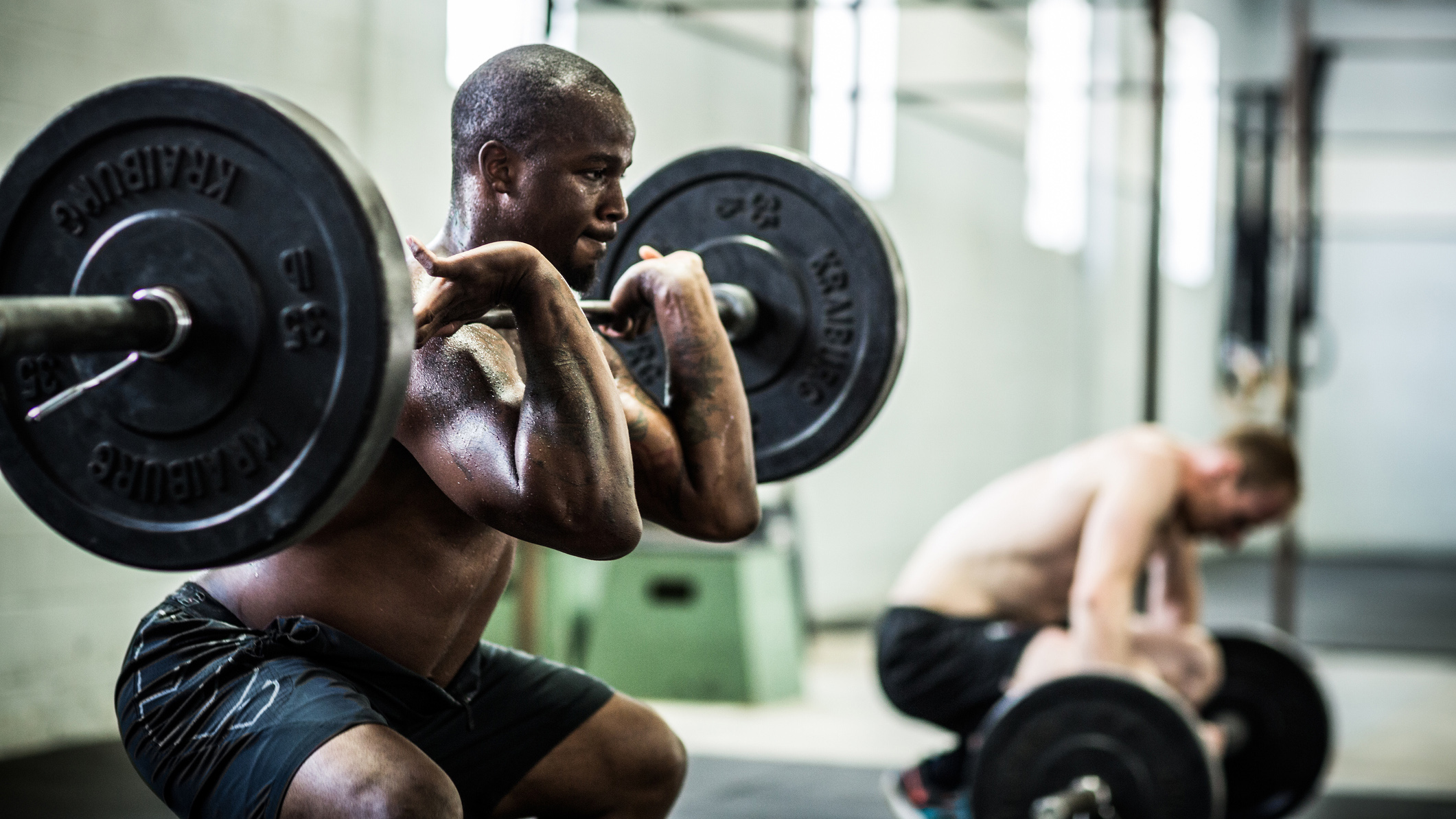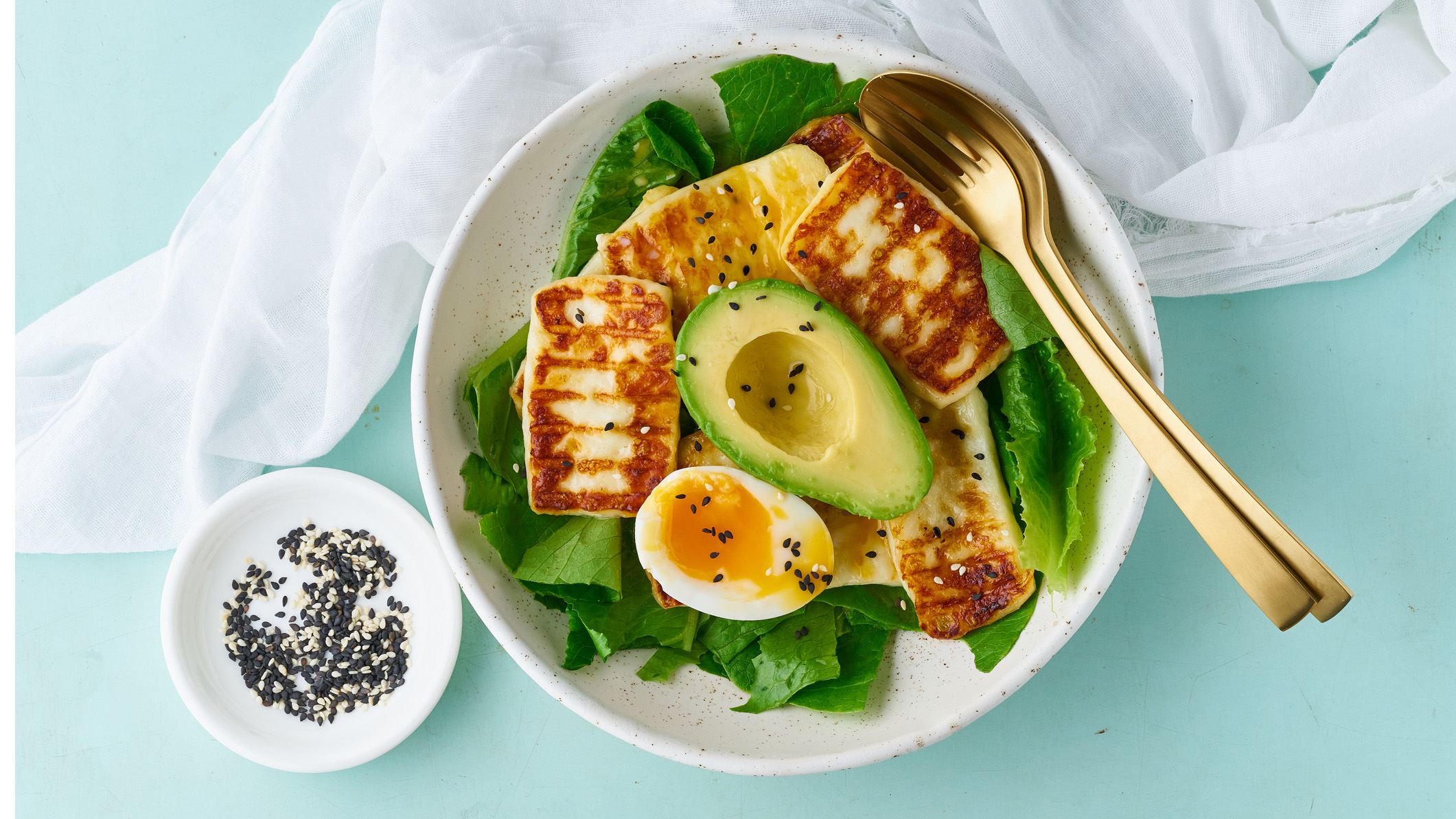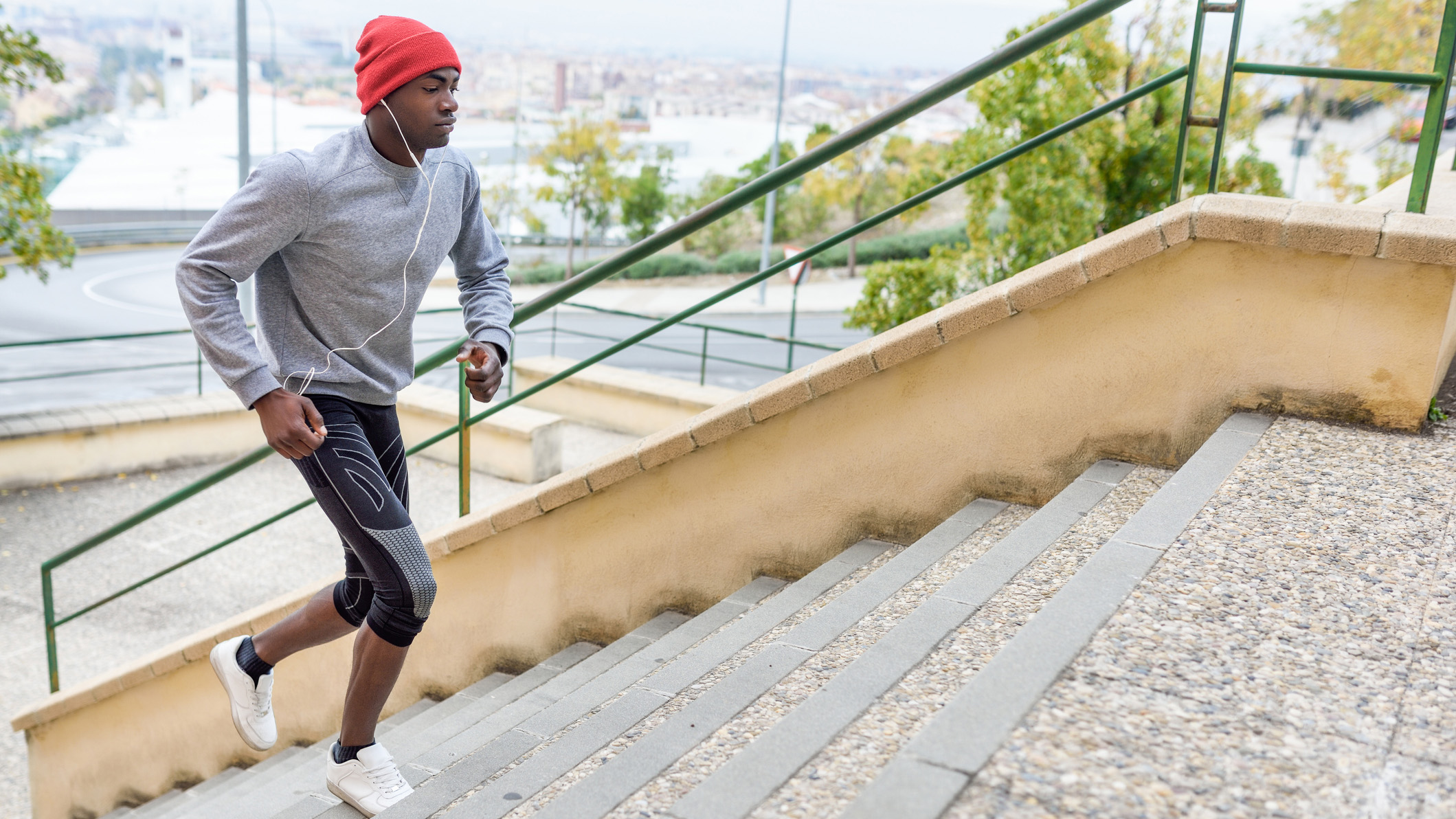How to shift stubborn fat: fitness expert shares his 5 best long term weight loss tips
Ready to let go of the flab? Follow Steven Virtue's advice for long term weight loss results


Long term weight loss is easier said than done. While losing fat and toning up is a fitness goal for many, most people don’t know how to alter their workout routine and overall lifestyle to maximise fat loss healthily. The 'eat less and exercise more' mantra simply doesn't work, and if you want to shift stubborn fat, you must utilise different strategies, such as the ones outlined below.
To help those looking to shed fat and slim down, we asked Steven Virtue, Fitness Development Manager at Total Fitness, to share his expert insights on losing fat for good. Steve coached CrossFit athletes before joining Total Fitness, where he's been on hand with everything fitness for more than half a decade by now.
Before we move on to sharing his tips, it's worth debunking a common myth surrounding the fat loss process.
'How to lose weight in your face?'
As Steve explains, "You can't spot reduce fat. Although some parts of your body may take longer than others to slim down, depending on body shape and composition, if you workout to lose fat, you will lose fat across your entire body."
This means that although you can't lose weight only from your face or your arms, you can lose weight from everywhere on your body, which will also reduce the amount of fat covering certain body parts. Funnily enough, you can focus your weight training on building certain muscles to appear particularly defined once the fat is lost. Still, fat loss can't be concentrated in any one area.
Sadly, people accumulate fat in different areas: this is just the way the body works. Some will store it around the waist (i.e. 'love handles'), others in the upper arm (a.k.a. 'bingo flaps') and generally, these are the areas that will 'let go' of fat reserves the latest.
"Whilst exercise is undeniably important and offers many fantastic benefits to our overall health, research shows that losing fat cannot be achieved by exercise alone", Steve says, "You cannot ‘out-train’ a bad diet and increase your exercise level: eating junk food will not facilitate fat loss. It is essential to create a diet plan and exercise routine that complement one another."
Get all the latest news, reviews, deals and buying guides on gorgeous tech, home and active products from the T3 experts
Without further ado, here are five top tips to help you shed stubborn fat healthily and effectively.

Tip #1: pick up the weights
When it comes to long term weight loss, people usually recommend following a rigorous cardio workout routine such as jumping on a treadmill or rowing machine almost every day. Still, research says combining aerobic exercises with strength training is the most effective way for losing body fat.
"Adding resistance to your workout with weight training can help the body preserve fat-free mass, which has been shown to increase the number of calories your body burns whilst resting", Steve adds, "Consistent weight training that is safe yet challenging for your body will also help you to build lean muscle – this, combined with the fat loss, helps to create a more toned and sculpted physique."

Tip #2: incorporate HIIT into your workout routine
There are many reasons why you should try high-intensity interval training, or HIIT for short, especially if you're pressed on time.
"HIIT is a fantastic form of exercise to incorporate into your fitness routine", Steve says, "Not only is HIIT a great way to boost your mood, but research shows that it also increases resting metabolic rate, meaning you will burn more calories even when you aren't exercising."
HIIT workouts can be performed almost everywhere and with or without any HIIT workout gear, making HIIT one of the most versatile types of workout to battle flab. "Start with simple and short HIIT exercises: squats, sit-ups, burpees, and mountain climbers are all fantastic exercises to try for 30-second intervals with a 20-second rest", Steve adds.
Don't forget your workout shoes!

Tip #3: adjust your diet
"If your goal is to lose fat, then you need to be in a calorie deficit – this is when you consume slightly fewer calories than you are burning, which in turn makes your body tap into the stored body fat for extra energy", Steve explains, "To ensure you are still consuming the nutrients your body needs whilst in a calorie deficit, it’s a good idea to work with a Personal Trainer to create a healthy and balanced diet plan."
One of the most well-researched ways of cutting calories from your diet is to follow an intermittent fasting diet pattern. The most popular method is the 16:8 version, where you have an eight-hour eating window and a 16-hour fasting period. Not taking any food for 2/3 of the day might sound gruelling, but this also includes sleep, so it's not too bad.
In practice, if your last meal of the day is around 7 pm, you can start eating again at 11 am. You only skipped breakfast, and this is something people do anyway. You can move the eating window around to match your lifestyle. As long as there are 16 hours between two meals at some point during the day, you're good to go.
You can also try more extreme diets such as the keto diet or the vegan diet, although the sustainability of these diets is not well researched yet.
Most importantly, avoid crash diets as they can seriously mess up your metabolism.

Tip #4: increase activity outside of the gym
The gym is not the place where you can lose weight. Lifestyle tweaks can also result in increased metabolic rate, which promotes long term weight loss. You've probably heard this but switching driving to walking can help you burn tons of calories; not to mention, it's also great for your heart.
Brisk walking, in particular, is one of the least intense yet tremendously beneficial types of exercise almost everyone can do. Research suggests that frequent brisk walking can even help you live longer.
"Increase your daily activity levels with simple lifestyle changes: avoid driving short distances and try walking instead, use stairs instead of lifts, or take up hobbies that involve movements, such as climbing or swimming", Steve recommends, "If you struggle to stay motivated to be more active in day-to-day life, combine exercising with socialising and seeing loved ones. For example, you could suggest swapping your next afternoon in the pub for a trip to a beautiful nature spot where you can enjoy a long walk and picnic."

Tip #5: allow time for rest
"It can be tempting to push your body to its limits with a rigorous and relentless training schedule when trying to meet fitness goals. However, this is not the most effective way to lose body fat or maintain a healthy exercise routine", Steve suggests.
He goes on by saying that "Too much vigorous exercise without enough recovery days can lead to overtraining, which actually causes your body to store more fat due to an increase in the stress hormone cortisol."
One of the best ways to avoid over (or under)-training is to listen to your body. Aches are a good sign of over-training, but poor sleep and injuries can also be a sign of you working out too much. Most importantly, don't underestimate the regenerative power of good night sleep.
"Sleep is also crucial to the fat-burning process – aim for at least 7 hours of quality sleep per night and ensure that you have an optimum environment for falling into a deep state of sleep", Steve recommends.

Matt Kollat is a journalist and content creator who works for T3.com and its magazine counterpart as an Active Editor. His areas of expertise include wearables, drones, fitness equipment, nutrition and outdoor gear. He joined T3 in 2019. His byline appears in several publications, including Techradar and Fit&Well, and more. Matt also collaborated with other content creators (e.g. Garage Gym Reviews) and judged many awards, such as the European Specialist Sports Nutrition Alliance's ESSNawards. When he isn't working out, running or cycling, you'll find him roaming the countryside and trying out new podcasting and content creation equipment.